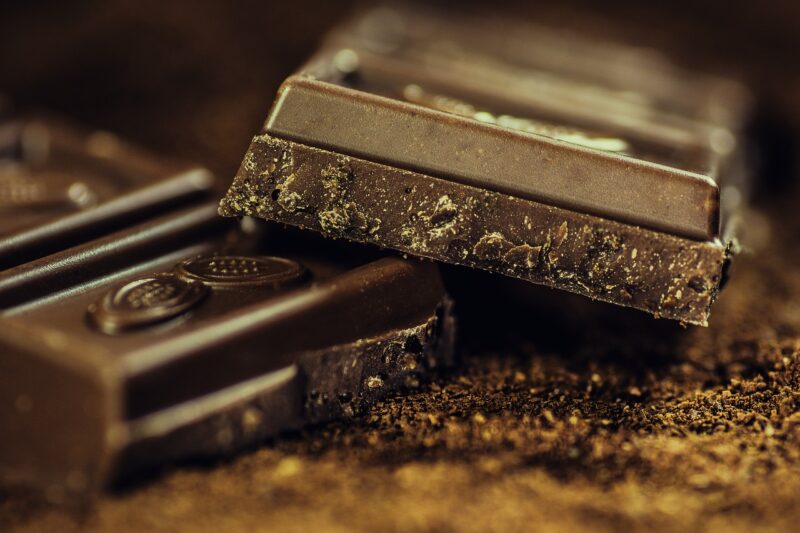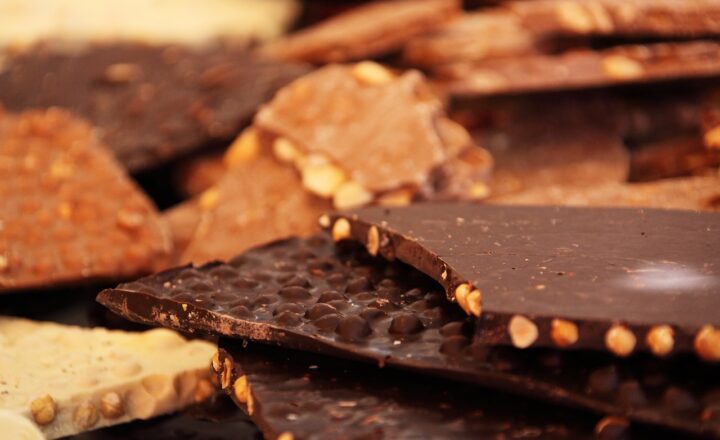
Chocolate is more than just a sweet treat; it’s a cornerstone of culinary artistry, particularly in pastry-making. From the rich, deep flavors of dark chocolate to the smooth, creamy richness of white chocolate, understanding the different grades of chocolate can elevate your baking skills and enable you to create stunning desserts that tantalize the taste buds.
In this article, we’ll explore the various grades of chocolate, their unique characteristics, and how they can be skillfully used in pastries and desserts.
1. The Basics of Chocolate Types
When discussing chocolate, it’s essential to recognize that it comes in several forms, each with distinct flavors, textures, and uses. The most common types of chocolate used in pastry are dark chocolate, milk chocolate, white chocolate, and ruby chocolate. While each type offers unique attributes, their common base is cocoa solids, cocoa butter, and sugar.
– Dark Chocolate: Typically contains 50-90% cocoa solids, making it the strongest flavor of the bunch. It’s often preferred by sophisticated palates because of its rich, intense flavor and lower sugar content. Dark chocolate is the go-to choice for chocolate cakes, brownies, and ganache.
– Milk Chocolate: Contains 10-50% cocoa solids, and includes milk powder or condensed milk that adds sweetness and creaminess. It’s less intense than dark chocolate, making it great for those who prefer a milder taste. Milk chocolate is perfect for mousses, buttercreams, and desserts for children.
– White Chocolate: Made from cocoa butter, sugar, and milk solids, white chocolate contains no cocoa solids, which means it lacks the characteristic chocolate flavor. Instead, it offers a creamy sweetness that pairs well with fruits and nuts. White chocolate is often used in frostings, ganaches, and as a delicate drizzle on pastries.
– Ruby Chocolate: A recently developed type of chocolate made from specially processed cocoa beans that give it a unique pink hue. It has a slightly fruity taste, making it an exotic choice for contemporary desserts. Its aesthetic appeal also makes it popular for garnishing.
2. Understanding Chocolate Grades
Within the broader categories of chocolate, there are different grades that indicate quality, flavor profile, and intended use. The grading is often based on the percentage of cocoa content and the specific blend of ingredients used.
– Couverture Chocolate: This is a high-quality chocolate with a high cocoa butter content. Couverture is especially favored by professional pastry chefs for glazing and coating because it melts smoothly and has a rich flavor. It’s perfect for dipping fruits, making truffles or enrobing cakes.
– Compound Chocolate: This chocolate substitute contains cocoa powder and vegetable fats instead of cocoa butter. While it lacks the rich flavor of true chocolate, it’s often used in commercial pastries due to its ease of use and lower cost. It’s suitable for coating and decorating but not recommended for fine pastry work.
– Baking Chocolate: Unsweetened chocolate used for baking, typically made from pure cocoa solids and cocoa butter, without any sugar. It is intense in flavor and is commonly used in brownie and cake recipes that call for the balanced sweetness of added sugars.
– Chocolate Liquor: Not an alcoholic drink, chocolate liquor is a pure cocoa substance that forms after cocoa beans are roasted and processed. It serves as the base for many chocolate recipes and is often found in dark chocolate recipes where rich flavor is desired.
3. The Role of Chocolate in Pastry Creation
Chocolate’s versatility extends far beyond flavor. It’s a critical component in various pastries, offering varied textures, flavors, and appearances. Here’s how each type of chocolate can be incorporated into different recipes:
– Dark Chocolate in Pastries: Rich, dark chocolate is perfect for creating tarts, cakes, and mousse. A classic dark chocolate mousse takes advantage of its intense flavor and can be garnished with light whipped cream to balance the dish.
– Milk Chocolate for Creamy Fillings: Milk chocolate works well in fillings for cupcakes and eclairs. A milk chocolate ganache can be made with heavy cream to produce smooth truffles or as a filling for cakes, offering a softer contrast.
– White Chocolate in Frostings and Sauces: White chocolate frosting can be whipped into a light and fluffy topping for cakes or used in filling for macarons. White chocolate sauce drizzled over desserts can add a sweet touch.
– Ruby Chocolate for Modern Designs: This novel chocolate is often used for decorative tuile or garnishing on desserts, bringing not just flavor, but an exciting pop of color that elevates the dish’s presentation.
4. Tips for Working with Chocolate in Pastry
While each type of chocolate can enhance desserts, working with chocolate requires some specific techniques to achieve the best results. Here are some tips to consider:
– Temper Chocolate: If using chocolate for coating or decoration, tempering is crucial. Tempering involves melting the chocolate to a specific temperature and then cooling it, ensuring it’s glossy, snap-worthy, and stays firm at room temperature.
– Quality Matters: Always choose high-quality chocolate for baking; the flavor and texture make a significant difference in the final results. Look for chocolates with high cocoa content for stronger flavor.
– Storage Tips: Store chocolate in a cool, dry place to maintain its fresh quality. A well-stored chocolate shelf life can extend for months, but always check for changes in appearance.
– Experimentation is Key: Don’t hesitate to experiment by combining different types of chocolate or adding flavorings. This is essential to developing your unique pastry style and signature dessert.
Conclusion
Understanding the different grades of chocolate and their applications in pastry can unlock a world of creative possibilities in baking. Whether you prefer the bold flavors of dark chocolate or the sweet creaminess of white chocolate, each grade brings its unique attributes to the table.
By incorporating various types of chocolate into your recipes, experimenting with quality and techniques, and practicing patience, you can craft exquisite pastries that will delight any palate. The beauty of chocolate lies not just in its flavor, but in the passion and creativity it inspires in the kitchen.
Start your journey in the delightful world of chocolate and let your baking reflect the exquisite flavors, textures, and artistry that this magical ingredient can provide!





